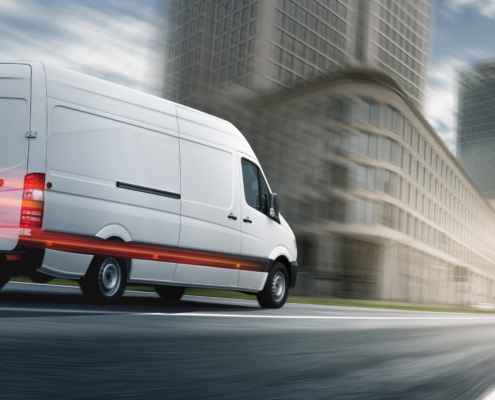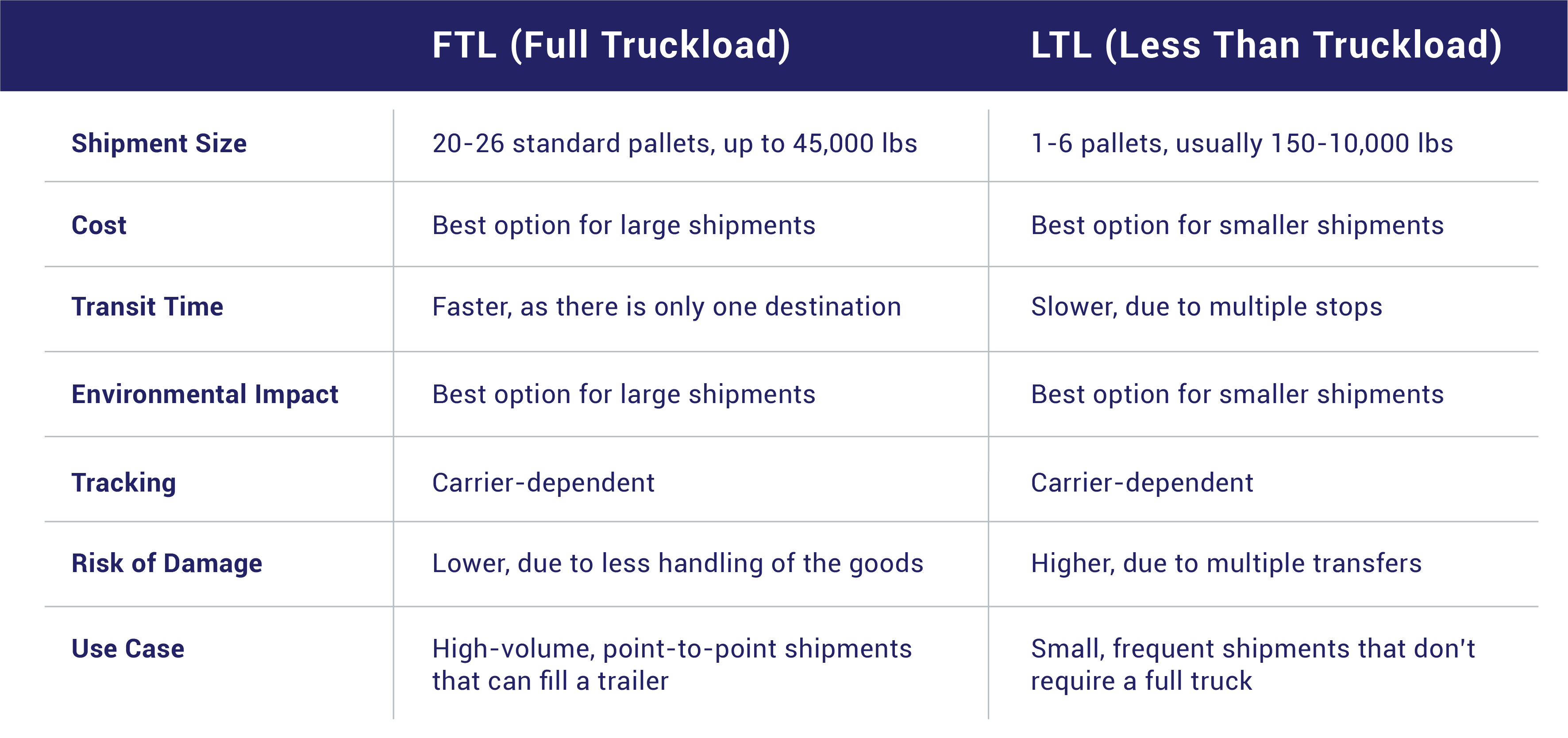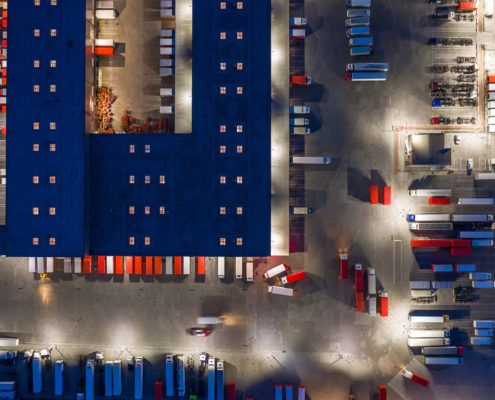
LTL vs. FTL: Which Is Right For Your Business?
The logistics marketplace is large and complex, presenting shippers with daily challenges. When it comes to shipping goods, companies are often faced with a difficult decision: should they ship their products using less than truckload (LTL) or full truckload (FTL)? The answer is not always clear—but, depending on your situation, one may be more effective than the other. To help you decide which will best meet your company’s needs, we’re here to provide you with an overview of each shipping method.
Benefits of LTL Freight Shipping
Now that we’ve established how LTL freight shipping works, let’s take a closer look at how it can benefit your business.
Lower Shipping Costs
As mentioned above, LTL freight shipping only requires that you pay for your portion of the trailer. Because the cost of transport is shared between multiple customers, your cost decreases. You also save money on fuel and labor by eliminating the need to pay for miles that would otherwise be spent transporting a mostly empty truck. Overall, fosters cost optimization while maintaining the desired service levels.
Improved Fuel Efficiency
Regardless of how full a trailer is, carriers still need to get from point A to point B to deliver goods, which requires a certain amount of fuel. The less full a trailer is, the more fuel is needed to ship each good. However, fuel per good decreases as a trailer fills up with shipments from multiple companies using LTL shipping. Ultimately, this improves fuel efficiency—the same amount of gas needed to ship your single shipment can be used to deliver multiple loads.
Greater Flexibility
One of the most significant advantages of LTL shipping is its flexibility. Instead of waiting until you have a full truckload for a shipment—which can significantly delay a delivery—you can split a trailer with other companies and get goods out fast.
Network Reach
LTL carriers often have extensive terminal networks. By leveraging the LTL carrier’s network, you can potentially reach more customers without needing a dedicated carrier for each region.
Eco-Friendly
LTL can be the more sustainable shipping option vs. FTL when utilized properly. For example, if you are shipping 1-6 pallets, LTL is the more sustainable option, as the greenhouse gas emissions burden is “shared” by the different shippers whose shipments fill the truck. Whereas if you and the other shippers each shipped 1-6 pallets on an FTL basis, you would actually be shipping mostly empty space- but there would now be multiple trucks on the road, each emitting greenhouse gases into the atmosphere.
Want to learn more about how you can use LTL shipping effectively? See how Sheer helps you move goods faster and smarter.
Drawbacks of LTL Freight Shipping
LTL freight shipping has its benefits, but it’s not always the ideal shipping method for every load. Here are some of the drawbacks of LTL.
Increased Transit Times
Because LTL freight is typically a mix of shipments from various companies, shipments are often repeatedly unloaded and reloaded at LTL terminals. In addition, the carrier must often stop at multiple locations to deliver the shipments. Unloading takes time, and these frequent stops can quickly add up. As a result, your shipment is very likely to spend more time in transit as compared to FTL.
Less Predictability
Similarly, because the carrier has to make multiple stops, there is an increased possibility of disruptions along the way. For example, delivering one shipment may take twice as long as predicted, or your carrier may hit unexpected traffic as they move between terminals.
Higher Risk of Damage
LTL freight requires a lot of loading and unloading. Whenever the trailer is opened for delivery, goods need to be shuffled around or taken off the truck so that the proper shipment can be unloaded. This increased level of handling puts your shipment at risk of being damaged—goods may shift as they’re being moved, or they may be knocked around by heavy equipment like forklifts or pallet jacks.
What Is FTL Trucking?
FTL shipping refers to “full truckload” shipping . This shipping method involves filling an entire trailer with your own goods—there’s no need to coordinate with other shippers to deliver your shipment. Compared to LTL freight, FTL trucking is much more direct.
Benefits of FTL Trucking
Here are some of the key benefits of FTL trucking.
Improved Delivery Times
With FTL trucking, goods are transported directly to their destination with no stops or transfers along the way. This allows for faster transit times vs. LTL.
Reduced Risk of Damage
FTL shipments are typically handled fewer times than LTL shipments, reducing the risk of damage or mishandling. Your shipment is loaded onto one truck and only handled when it reaches its destination—the driver doesn’t have to move your goods around to access another shipment or unload your shipment and reload it onto another vehicle.
Cost Savings
Because FTL shipments require fewer transactions and loading/unloading processes, they’re typically more efficient than LTL shipments. Full truckload shipping rates are often lower per pound than a partial load. This makes FTL trucking an attractive option for shippers transporting large loads.
Drawbacks of FTL Trucking
Just like LTL shipping, FTL trucking has its drawbacks. Here are some things you need to consider when choosing FTL.
Higher Cost for Smaller Shipments
FTL carriers charge you for use of the entire truck, whether you fill it or not. If you are shipping 1-6 pallets, LTL will be the more cost-effective option.
Less Flexibility
FTL can be less flexible than LTL in that LTL gives shippers the flexibility to ship smaller loads more frequently, rather than having to wait until you have an entire truckload of goods to ship.
Capacity Fluctuations
Compared to the volatility of FTL capacity, especially during peak seasons or market shifts, LTL can be a more stable option, due to its established terminal networks and route consolidation.
Higher Carbon Footprint
If you choose to ship a quantity of goods (1-6 pallets) that is best suited to LTL via FTL, your shipment will be responsible for much higher greenhouse gas emissions than if it had been shipped via LTL.
Use a TMS to Determine the Best Shipping Method for Your Business
Whether you need LTL or FTL shipping depends on what you’re transporting, your load size, and how quickly you need your shipment delivered. One of the easiest ways to navigate the LTL vs. FTL issue is to integrate a transportation management system (TMS) into your logistics operations. TMS systems aggregate a large volume of data into one central dashboard, providing exceptional visibility and making it easy to optimize shipping loads, communicate with LTL and FTL carriers, and determine the best route possible for your shipment.
At Sheer Logistics, we help businesses leverage data and technology to get the most out of their logistics operations. Contact us today, and let’s discuss how our TMS solutions make shipping easy.









